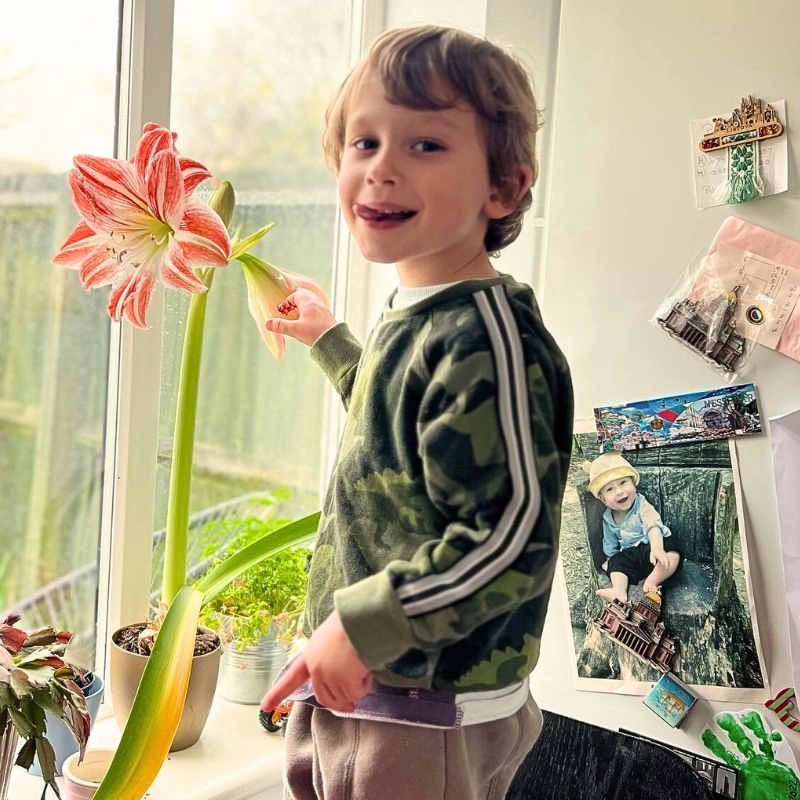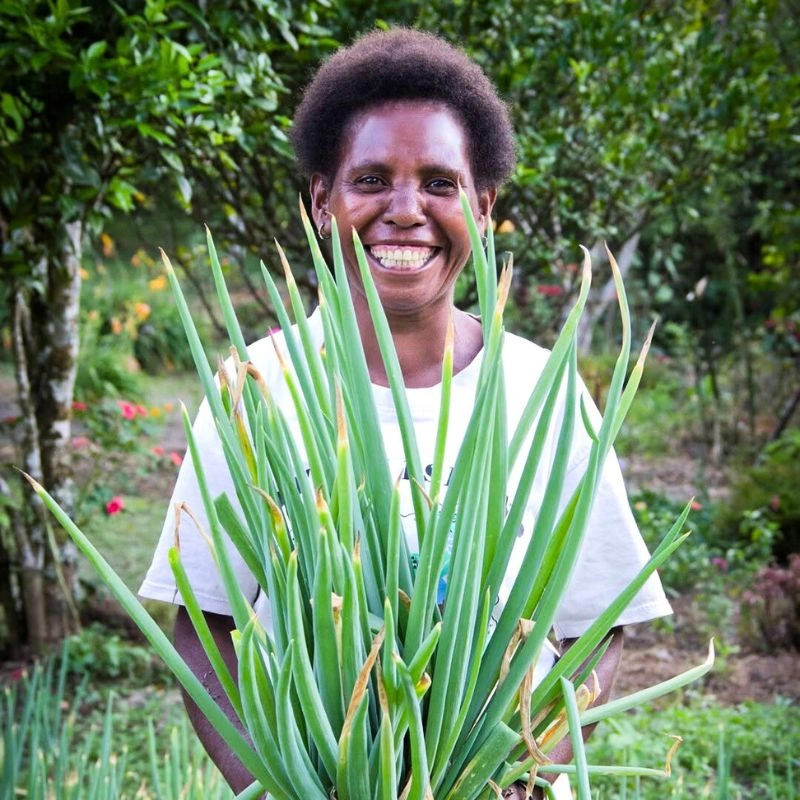Flowers and plants are always considered to be beneficial, regardless of where they are placed. Nowadays, due to digitization and the use of digital gadgets, the love for nature has been reduced. The significance of being in touch with nature is as important as being close to your loved ones. We always get good vibes.
As far as schools and other institutes are concerned, the presence of plants may have a positive impact on students, teachers, and overall education. There are several benefits of growing flowers and herbs around your school environment in physical and mental aspects.

We have managed to pick out the most important ones. These are to elaborate on their usefulness for you and your students. One of them is using plants as teaching tools by tutors. For this purpose, they can use online resources such as an example of expository essay containing details to educate pupils about various species and geographical locations of plants and flowers globally and give them research on the topic as homework.
You have the liberty to choose from hundreds of different species for your school. So make sure to check which are appropriate for indoor living and outdoors. They should not cause allergic reactions. They also shouldn’t release any potential nasty toxins. Now let’s get on the real talk! We have explained the significance of flowers and plants in the school environment.
Plants and Flowers Freshen the Air
Are you aware that plants are the best way to remove pollutants from the air? As they absorb harmful pollutants into their roots and leaves?
- Few people know that photosynthesis absorbs carbon dioxide and sunlight. It actually helps to effectively counter CO2 in the air by releasing oxygen. As a result, it helps to improve brain productivity and helps students in their class lessons as well.
- Not many schools consider it, but the presence of flowers and plants in the classroom enhances the exposure to learning. You would be doing a great favor to your classroom environment by putting just a few big leafy species in the corner or outside the classroom. Make sure to look for only those plants and flowers that are good for students.
- If the level of humidity in your school environment is high, decrease it by placing plants. It may definitely help children with breathing problems. It also improves overall air quality for all students.
Flowers and Plants Improve Students’ Mental Health
Nothing is more important than focusing on students' mental well-being. It’s not a hidden fact that plants are known for adding a touch of vibrancy and freshness to any dull windowsill. This aesthetic helps students and teachers and makes them feel happier in the classroom.
- Introducing flowers and trees can turn a muggy classroom into a thriving environment. The school students will be drawn to this. Surprisingly! There's a proper scientific term for this, called Biophilia. It literally means love of life and the living world, with the affinity of human beings for other life forms. In other words, it means that human beings are subconsciously attracted to nature, and it’s in our DNA.
- There are also some well-researched studies on plants. These show that they contribute to the psychological well-being and productivity of children. These are just not words. It’s proven that flowers and plants around the classroom help reduce sickness. They also relieve anxiety and absenteeism.
- Dopamine, oxytocin, and serotonin are some feel-good neurotransmitters that flowers can activate. They are the molecules responsible for making individuals happy. And the pupils' brains are designed to associate the sight of flowers with a favorable emotion. It may improve mental health and enhance happiness.
Flowers & Plants Improve Attention and Classroom Behavior
Focus and attention during studies are as important as books and stationery for productive learning. But classrooms are mostly full of distractions. These include tardiness, mobile devices, and disruptive behavior.
Science explains that teachers can enhance focus, reducing the impact of artificial stimulation with natural elements.
- Changes like green walls may reduce acoustic stimulation. Even a few flowers and standalone plants can make a difference.
- Another study states that children with ADHD experience sustained concentration in classrooms with herbs and flowers.
Plants and Flowers Promote Environmental Awareness and Stewardship
Kids who don't learn much about their surroundings develop into grownups who don't appreciate nature. Their perspective on other aspects of their lives, such as their work, may change as a result. Students who spend time in green spaces may develop a deeper appreciation for nature. They also feel a greater personal connection to it.
- It is evident that pupils tend to overlook trees as they cross the streets. It is due to their shallow understanding of the natural world. The growth and ornamentation of plants in classrooms may instill a feeling of ownership in students. This fosters an appreciation for these valuable beings.
- Incorporating extra care for plants into the curriculum is an excellent suggestion by the instructors.
- It fosters a feeling of belonging and accountability for other beings, as kids recognize the work and attention required to raise plants. Thus, they'll become cautious of how they handle their surroundings.
Plants are Acoustic Noise Absorbers
The presence of plants in a classroom environment has a positive impact on the absorption of acoustic noises. Excessive noise elevates anxiety and stress among pupils as well as instructors.
- The soundproofing of a room can be modified. It may decrease the duration of sound reflections, also known as reverberation time.
- Recent investigations state that the presence of plants on surfaces can reduce noise levels by up to 30%.
- The provision of a serene learning environment may facilitate optimal academic performance for students.
Concluding Note
The most significant advantage of having plants in classrooms—is increased happiness. It is not realized because many educational institutions lack herbs and flowers in classrooms. Perhaps the best way to introduce children to nature while providing them with the advantages of such an introduction is to use indoor plants in the classroom.
As described in the article, these plants and flowers have several potential uses. These include air purification, enhanced academic performance, decreased illness, and enhanced student happiness. We hope this article contains complete information for your benefit.










